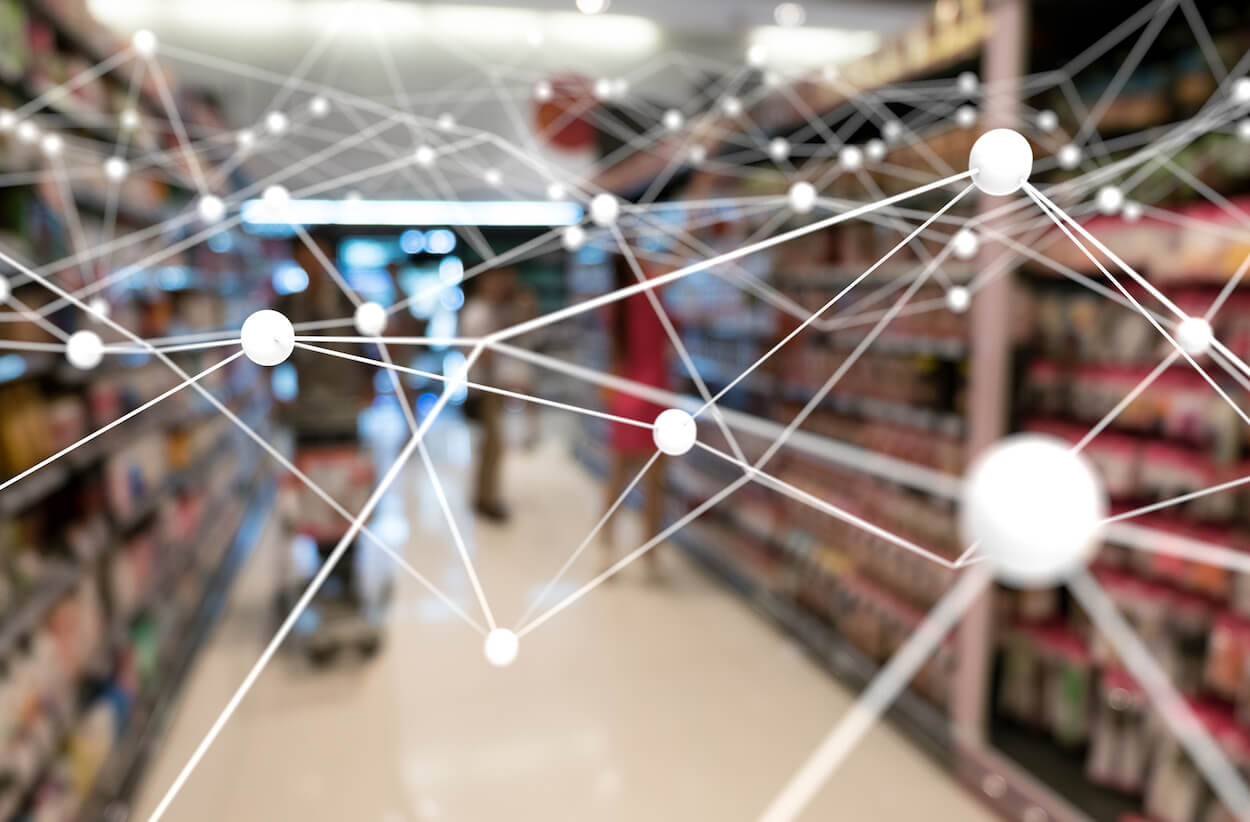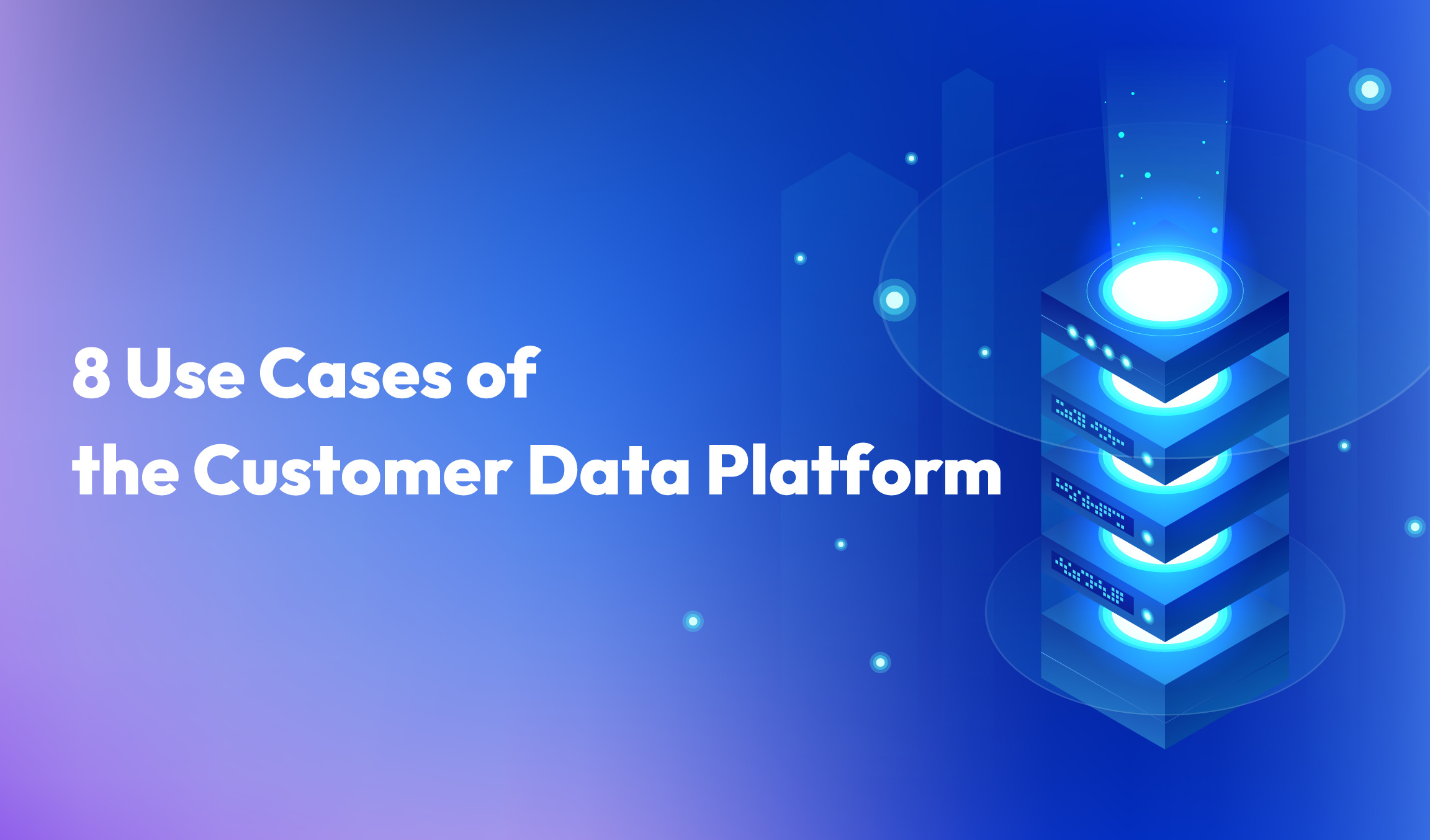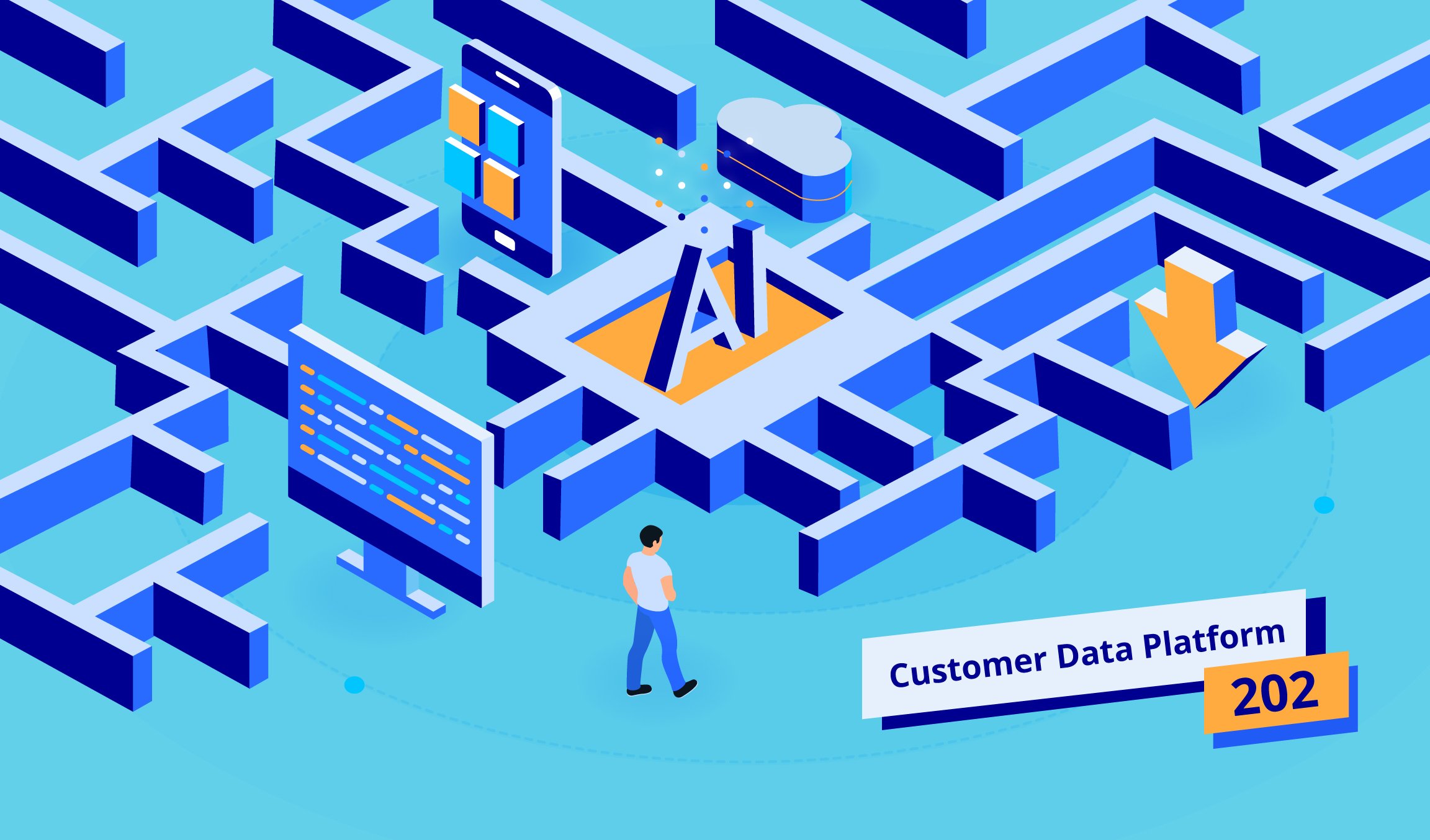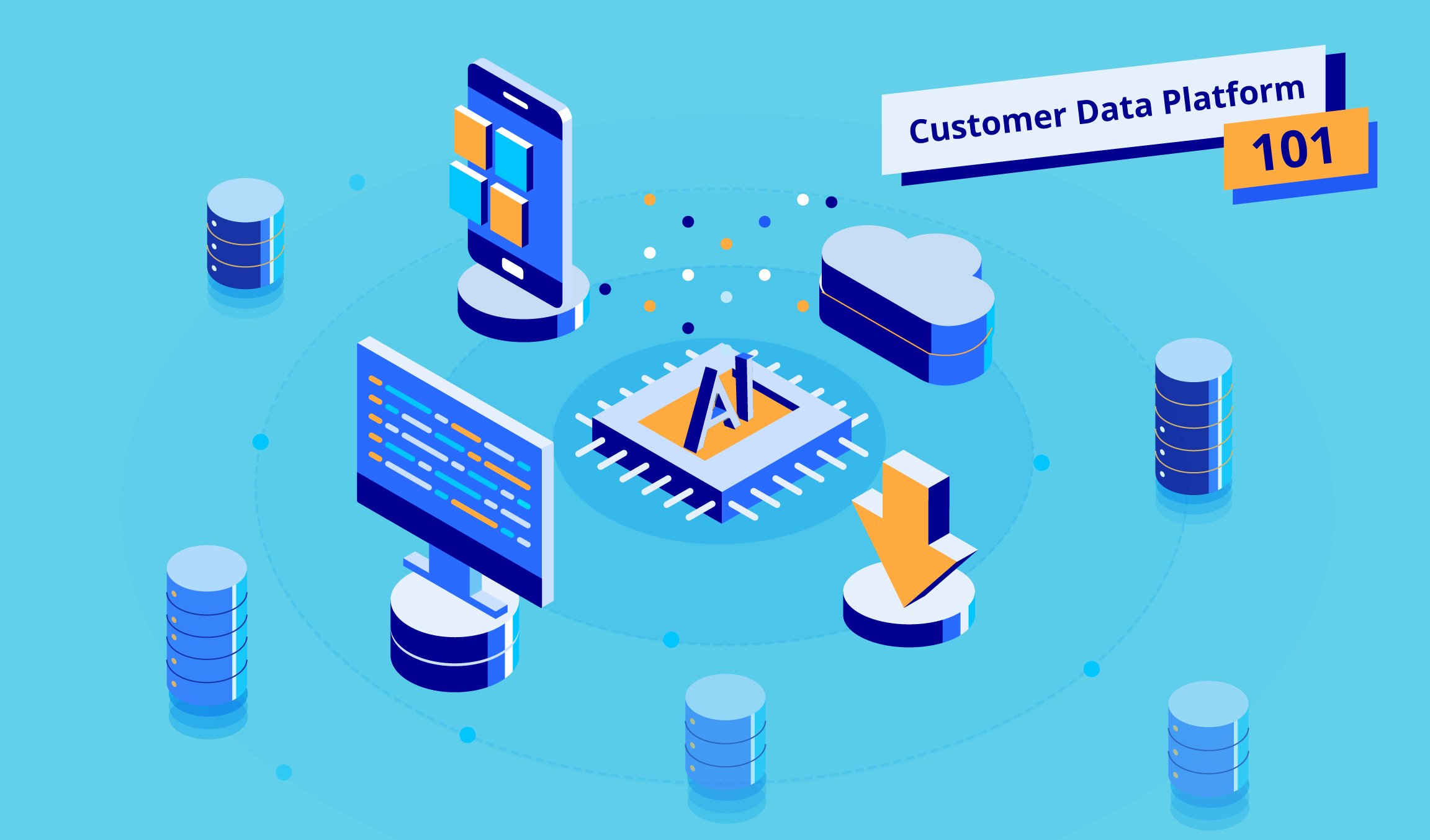1 min read
These are the kind of insights that deep learning (DL)* can offer.
DL refers to a family of advanced neural networks that mimic the way the brain processes information and extract goal-oriented models from scattered and abstract data. What differentiates it from traditional machine learning is the use of multiple layers of neurons to digest the information.
A DL program trains a computer to perform human-like tasks, such as speech recognition or predicting consumer behaviors. It is fed large amounts of data and taught what the desired output should be. The more data it’s fed, the better performance.
The program then applies calculations to achieve that output, modifying calculations and repeating the cycle until the desired outcome is achieved. The ‘deep’, hence refers to the number of processing layers that the data must pass through to achieve the outcome, and how the learning algorithms are stacked in a complex, hierarchical manner. The more levels or layers there are, the ‘deeper’ the learning.
DL can analyze huge volumes of data to detect patterns and predict trends and outcomes. This is especially interesting to marketers, finding application in predicting consumer behavior and campaign outcomes, marketing automation, sophisticated buyer segmentation and sales forecasting, to name a few use cases.
*Deep learning is not magic, but it is great at finding patterns.



